Explain the Different Kinds of Measures of Dispersion
Absolute measure of dispersion. Dispersion includes range mean deviation quartile deviation and standard deviation.

Measures Of Dispersion Different Types Formula Solved Example Problems Mathematics
Understanding and calculation of measures of dispersion are easy.

. Deviation from the median. The standard deviation is regarded as a very good measure of series dispersion because it is a measure of. There are two kinds of measures of dispersion namely.
The range is given as the smallest and largest observations. Measures of dispersion are called averages of the second order because in precise study of dispersion the deviations of the size of items from a measure of central tendency are calculated ignoring the signs and then these deviations are averaged. Deviation from the mean.
Coefficient of Mean deviation. Z apply the various measures of dispersion. Range refers to the difference between each series minimum and maximum values.
The absolute measures which are commonly used are. Relative measures are not expressed in units but it is a pure number. Coefficients of range quartile.
Absolute measures of dispersion. Deviation from the mean. As it has been pointed out earlier there are different measures of dispersion with their relative merits and demerits.
In terms of units of observations. Relative measure of dispersion. Relative measures of dispersion are free from the units of measurements of the observations.
91 MEANING OF DISPERSION Dispersion is the extent to which values in a distribution differ from the average. The dispersion is constantly dependent on the observations and types of central tendency metrics used. Types of Measures of Dispersion.
They indicate the dispersal character of a statistical series. Standard deviation gives an idea of how close together the data is compared to the mean. This averaged deviation or dispersion is nothing else but the average of the second order.
When mean is same for two data set the greater the spread the greater standard deviation. Below are the types of measures of dispersion. The following are examples of dispersion measures.
The range gives an overall picture of how widely spread the data is. Classification of Measures of Dispersion. In statistics dispersion is the degree to which a distribution is stretched or squeezed.
Range mean deviation quartile deviation standard deviation and variance are examples of statistical dispersion measurements. Standard deviation is never negative. Measures of Dispersion differs with location or central tendency and together they are one of the most used properties of distributions.
Measures of Dispersion or Variability. Standard deviation is used to measure spread or dispersion around the mean of data set. We shall explain later as to when the absolute measures can be used for comparison of dispersion in two or more sets of data.
Types of Measures of Dispersion. Range and Interquartile Range. Absolute and Relative Measures.
Purpose of Measure of Dispersion. There are four relative measures of dispersion. Absolute measures of Dispersion are expressed in same units in which original data is presented but these measures cannot be used to compare the variations between the two series.
To determine the reliability of an average. Measures of Dispersion are classified broadly into two types. Absolute measure of Dispersion.
Ad Over 27000 video lessons and other resources youre guaranteed to find what you need. But the merits and demerits common to all types of measures of dispersion are outlined as under. We will only discuss three of the four in this article.
You may notice that all the relative measures of dispersion are called coefficients. Different Measures of Dispersion are 1. Relative measures of dispersion.
And z calculate and compare the different measures of dispersion. Range interquartile range and standard deviation are the three commonly used measures of dispersion. The fluctuations in the observations do not affect measures of dispersion.
Notes 147 Measures of Dispersion ECONOMICS MODULE - 4 Statistical Tools z distinguish between absolute and the relative measures of dispersion. Range can be defined as the difference that exists between the maximum and the minimum value of a data set. It includes the range quartile deviation mean deviation and the standard deviation.
Measures of dispersion describe the spread of the data. RANGE The range is the difference between the. They include the range interquartile range standard deviation and variance.
This is the simplest measure of variability. Variance is the most precise measure of how dispersed your data. Mean Median and Mode are the average of 1st order.
Merits and Demerits of Measures of Dispersion. Absolute measures of dispersion indicate the amount of variation in a set of values. Most common measures of statistical dispersion are.
Absolute measure of dispersion indicates the amount of variation in a set of values in terms of units of observations. Types of Relative Measures of Dispersion. There are two kinds of measures of dispersion namely.
Up to 8 cash back When it comes to measures of dispersion there are three concepts that give you an idea of how dispersed your data is. Absolute and Relative Measures of Dispersion Difference. Measures of Dispersion are needed for the following purposes.
The Standard Deviation and Variance. The dispersion always depends on the observations and types of measures of central tendency. Coefficient of Quartile Deviation.
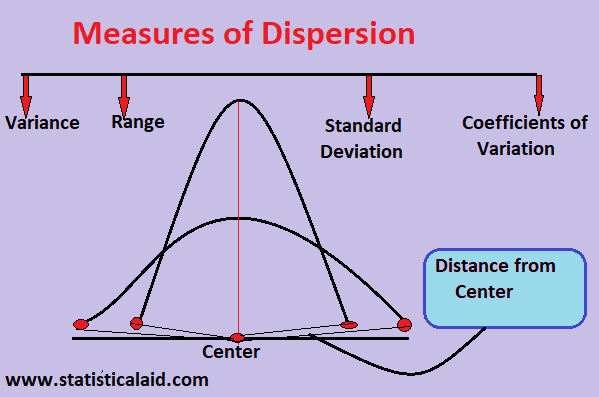
Measures Of Dispersion In Statistics And Its Types Statistical Aid

What Is Are The Most Widely Used Measure S Of Dispersion Lisbdnet Com

Measures Of Spread Dispersion Ck 12 Foundation
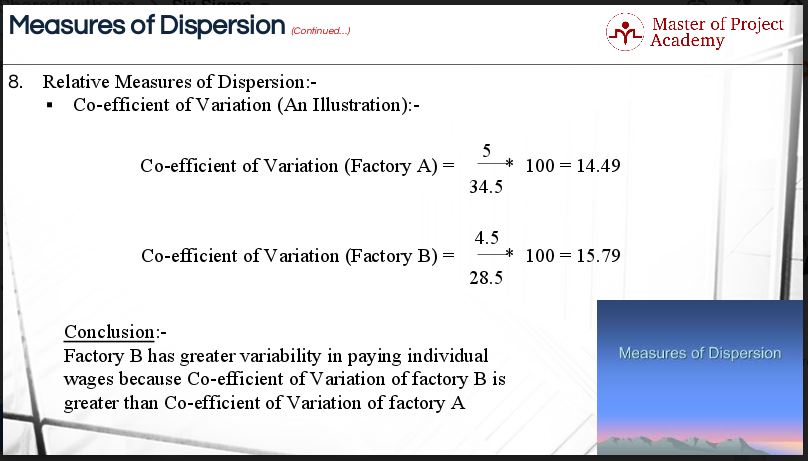
4 Types Of Relative Measures Of Dispersion For Six Sigma

Measures Of Dispersion Types Examples Applications Protonstalk
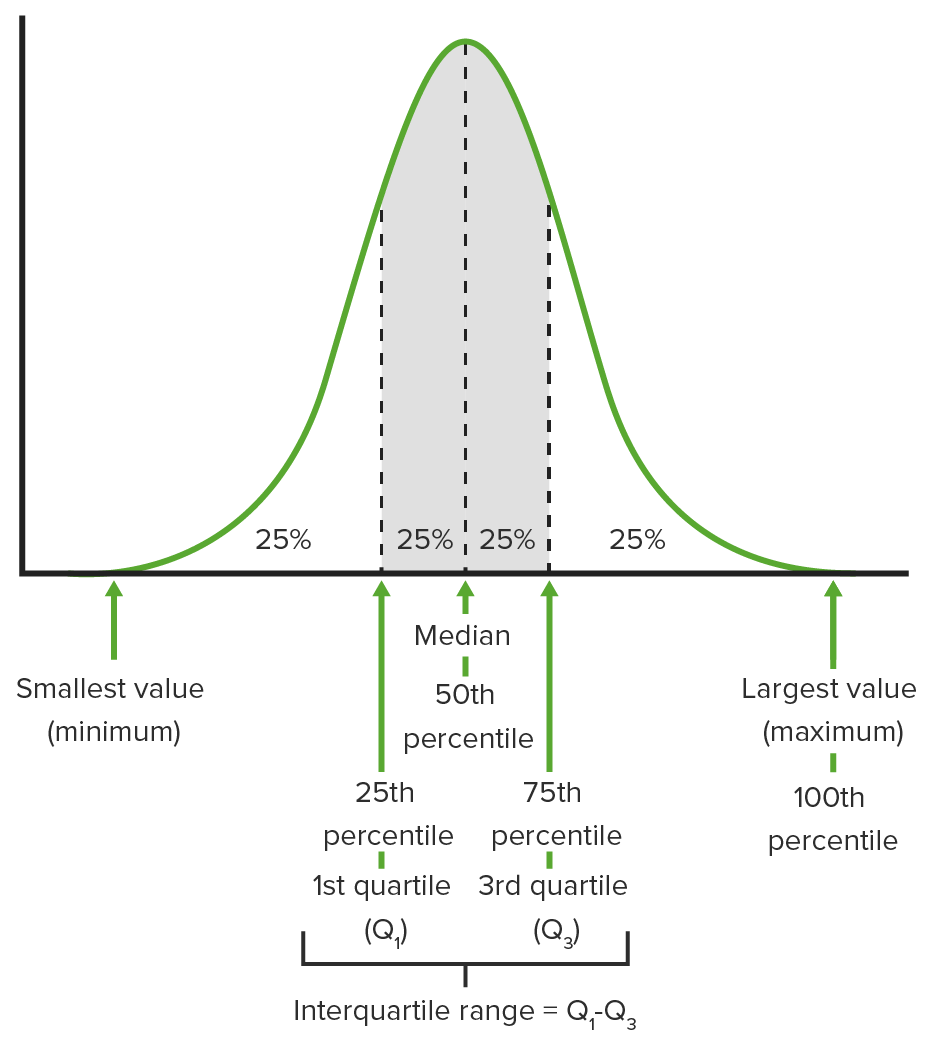
Measures Of Central Tendency And Dispersion Concise Medical Knowledge
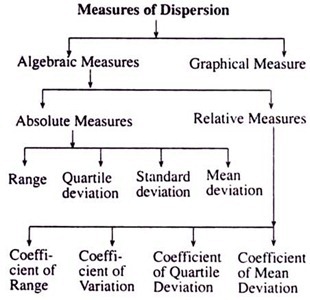
Measures Of Dispersion A Close View

Measures Of Dispersion Ppt Video Online Download

Measures Of Dispersion In Statistics Definition Types
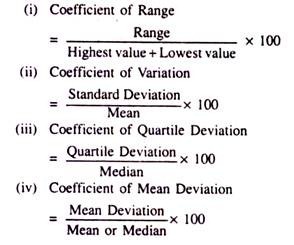
Measures Of Dispersion A Close View
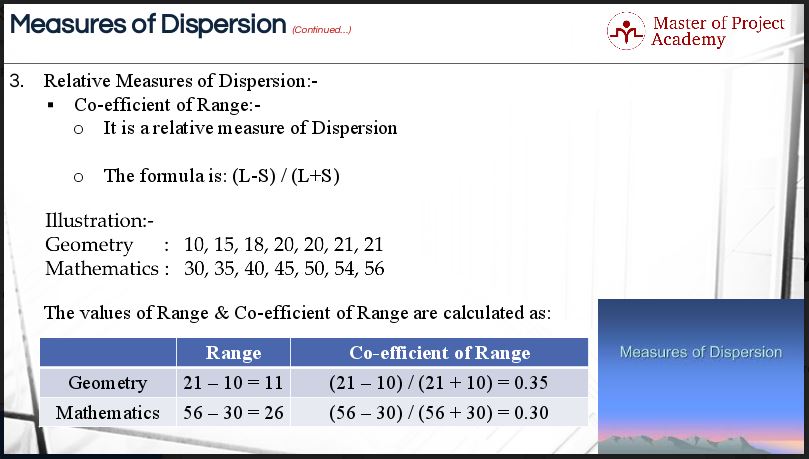
4 Types Of Relative Measures Of Dispersion For Six Sigma
Difference Between Dispersion And Skewness Difference Between
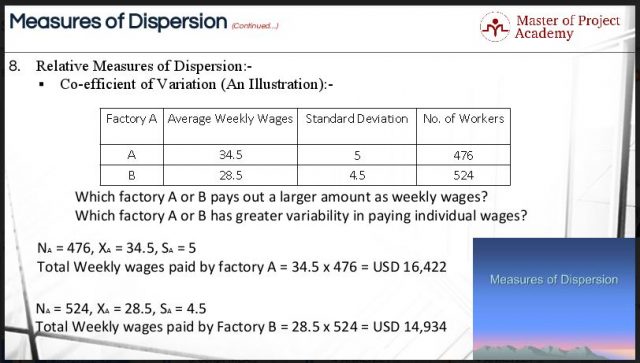
4 Types Of Relative Measures Of Dispersion For Six Sigma
Explain The Various Methods For Measuring Dispersion Also Give Their Merits And Demerits Sarthaks Econnect Largest Online Education Community
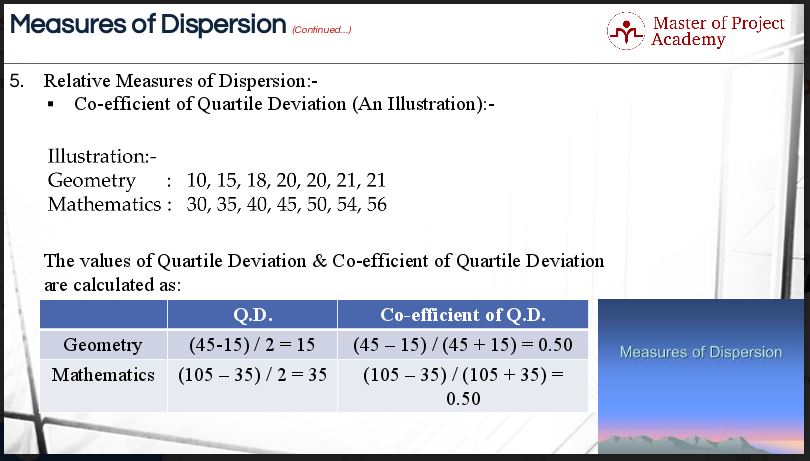
4 Types Of Relative Measures Of Dispersion For Six Sigma




Comments
Post a Comment